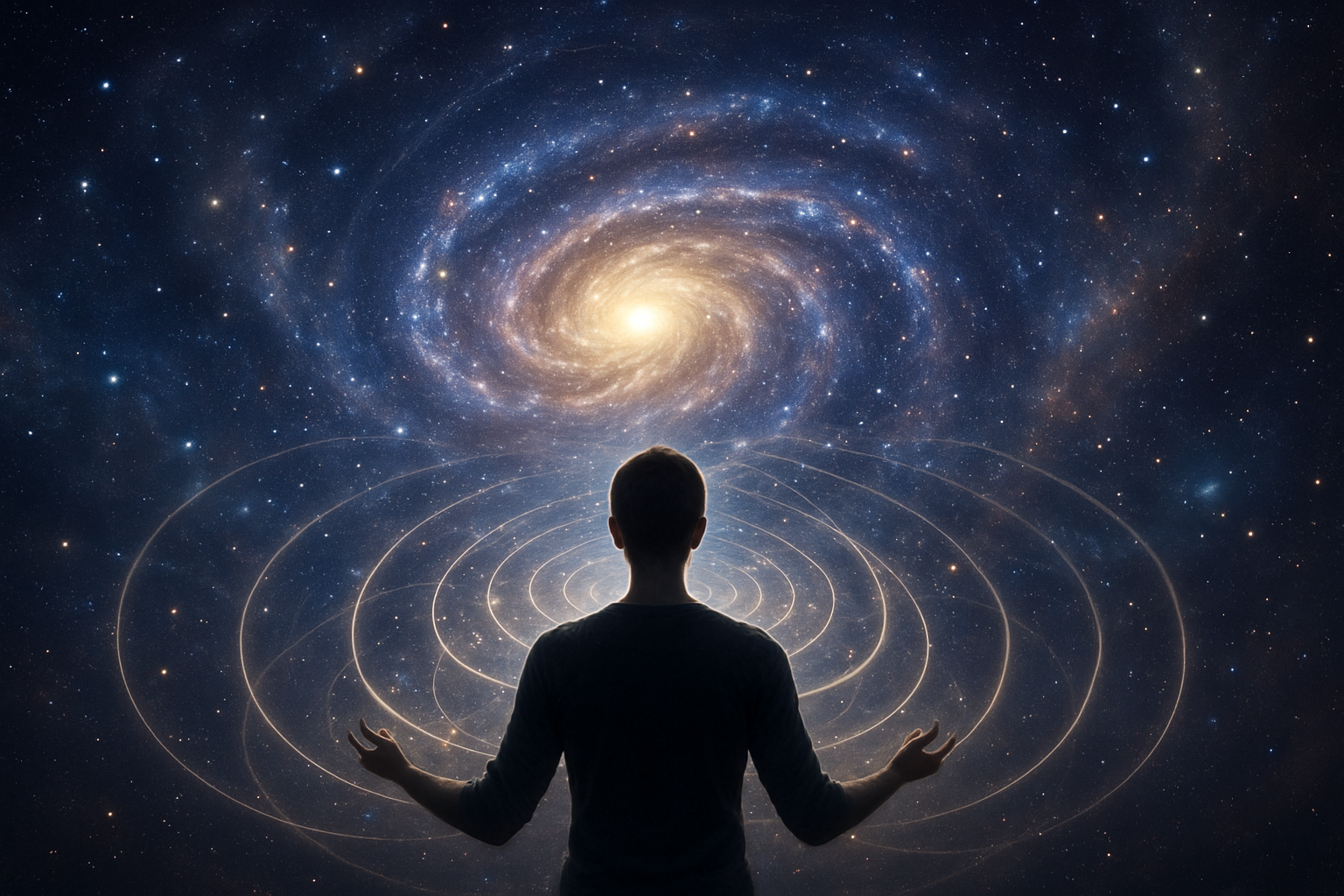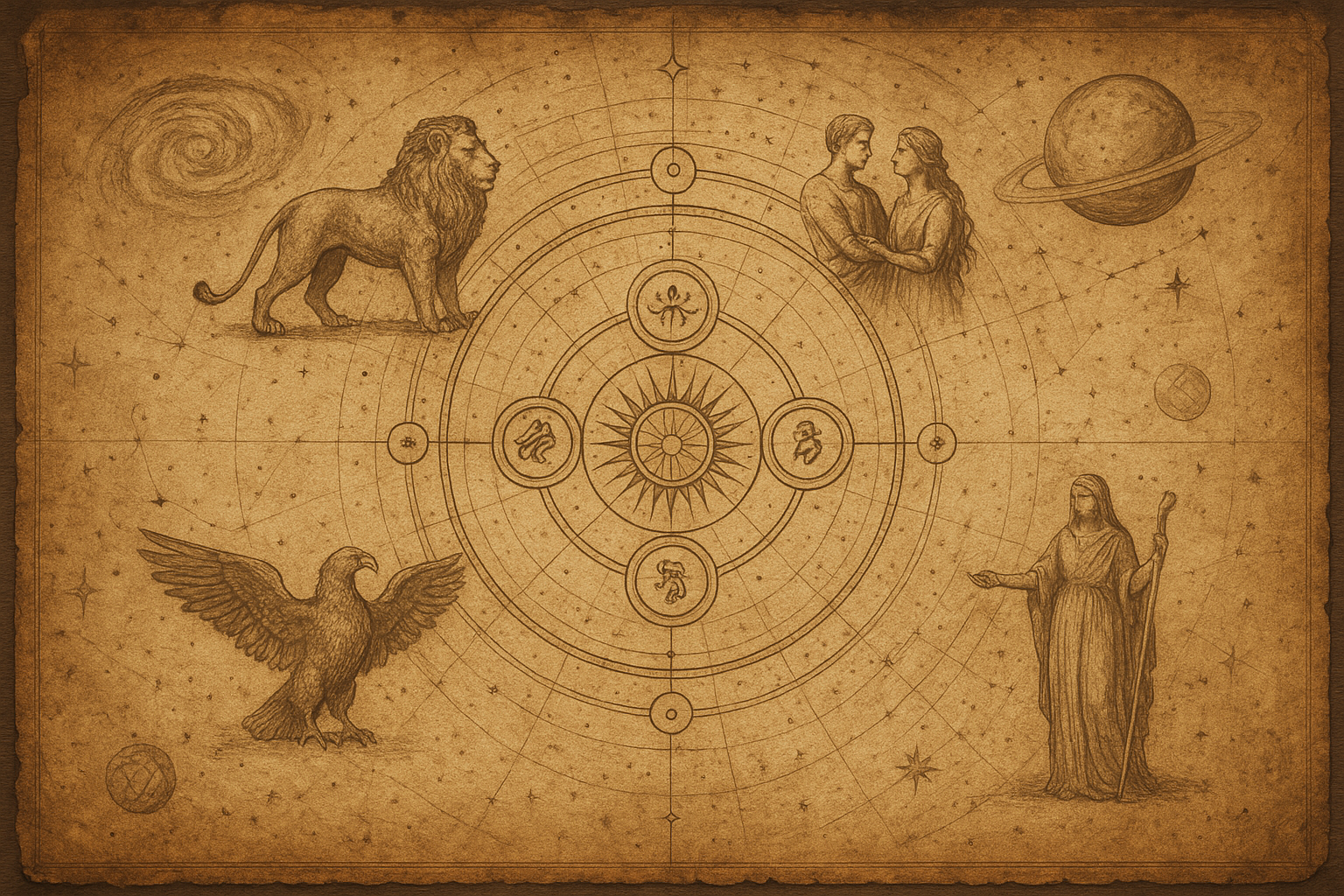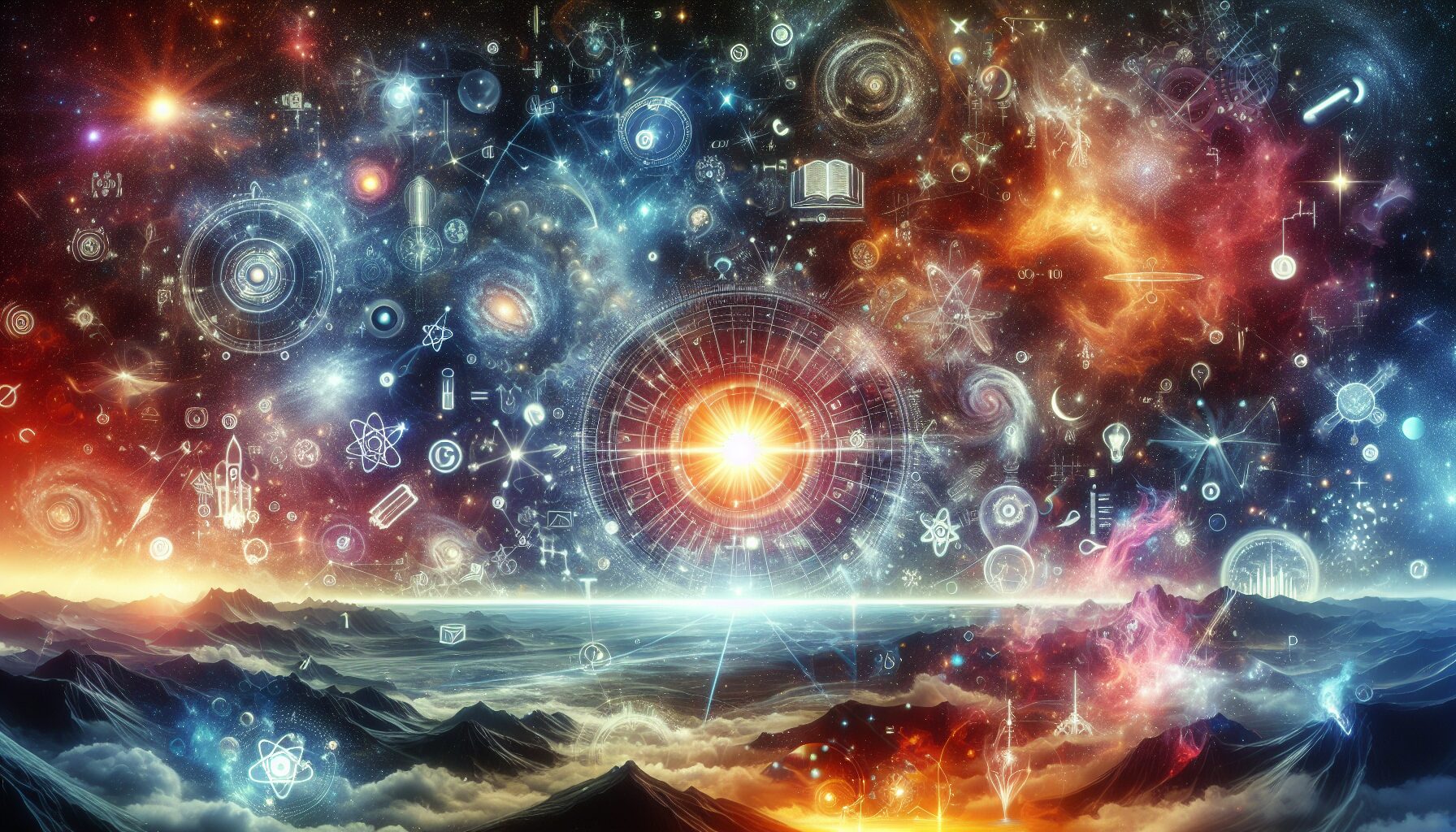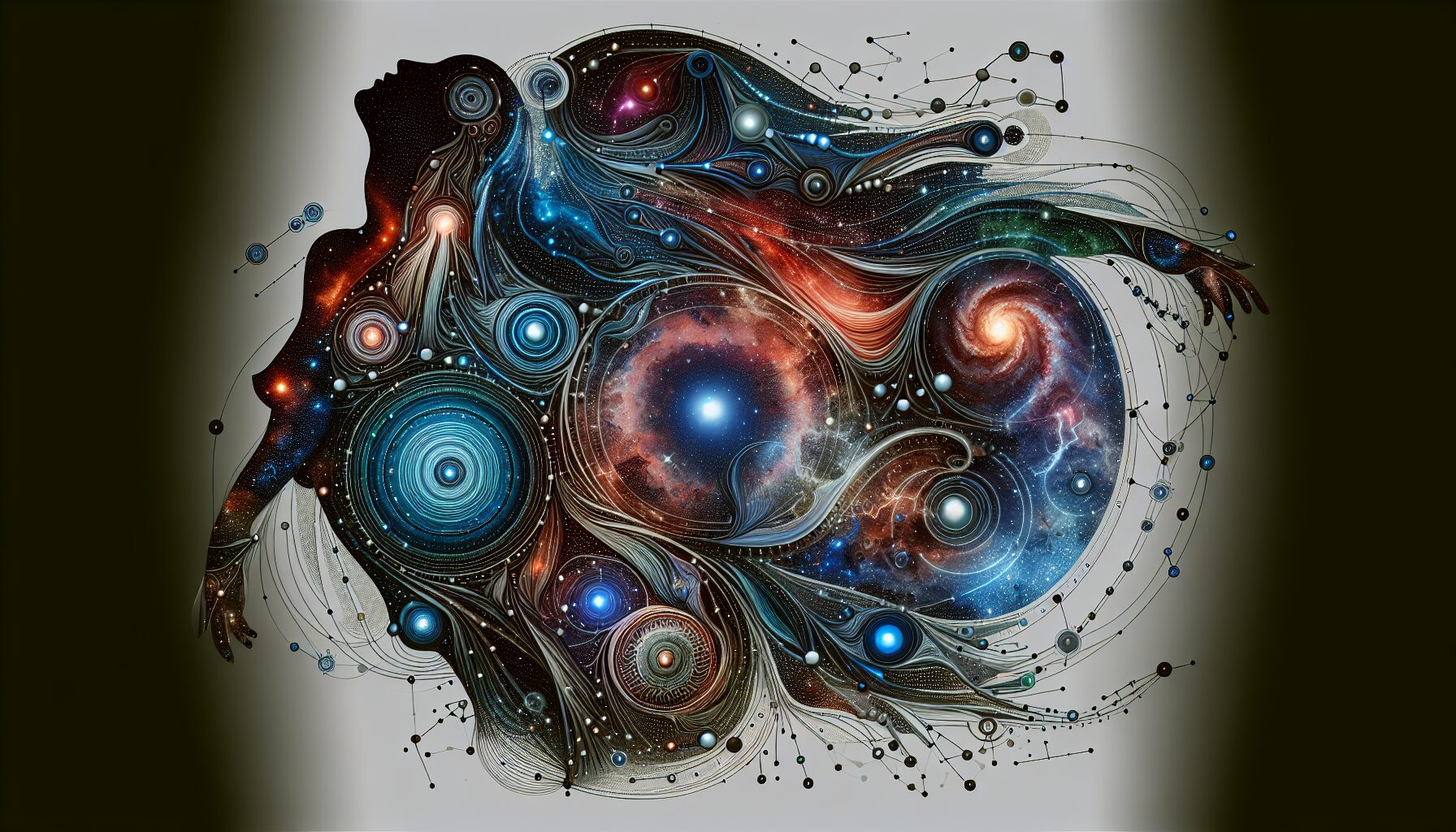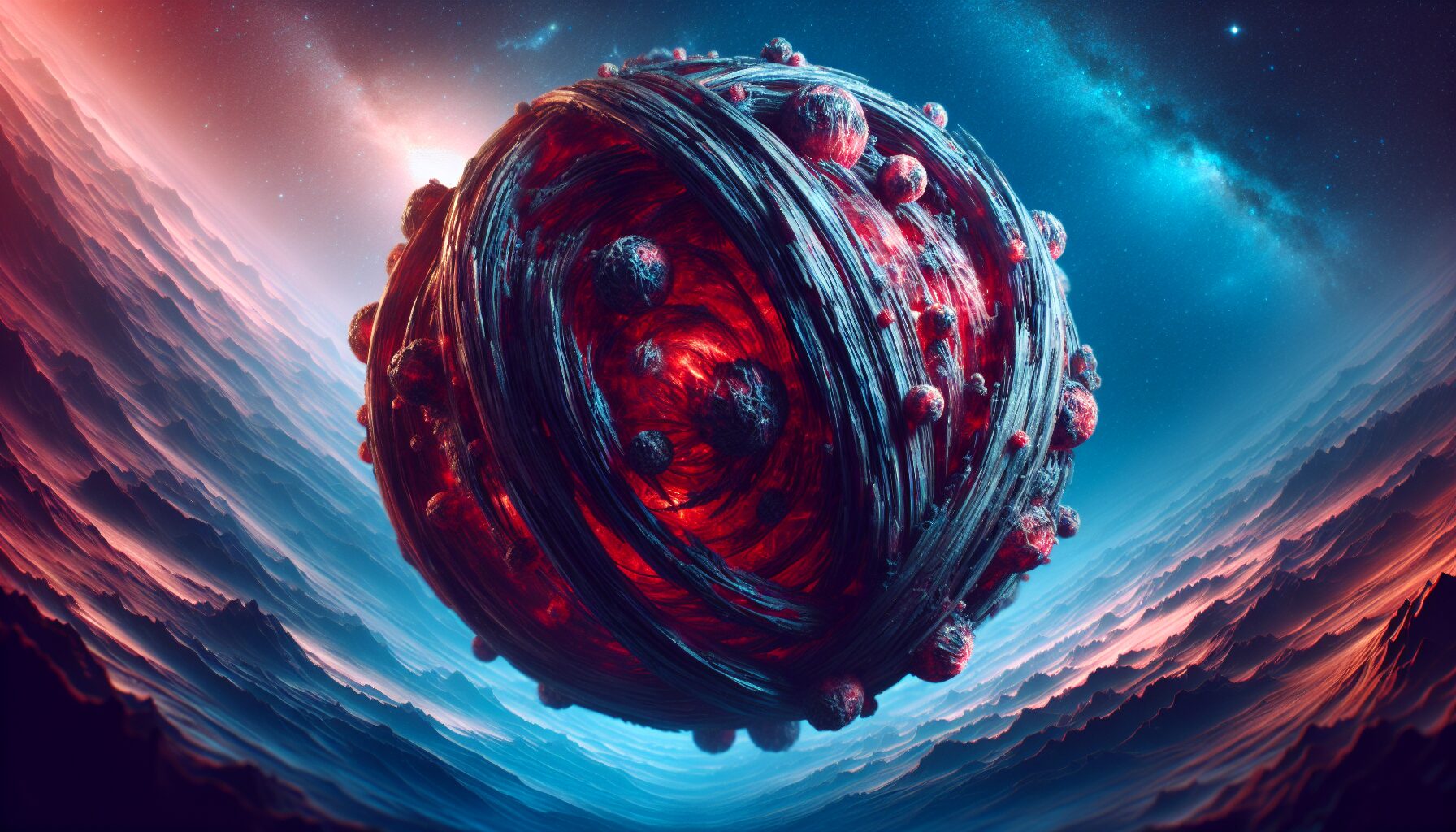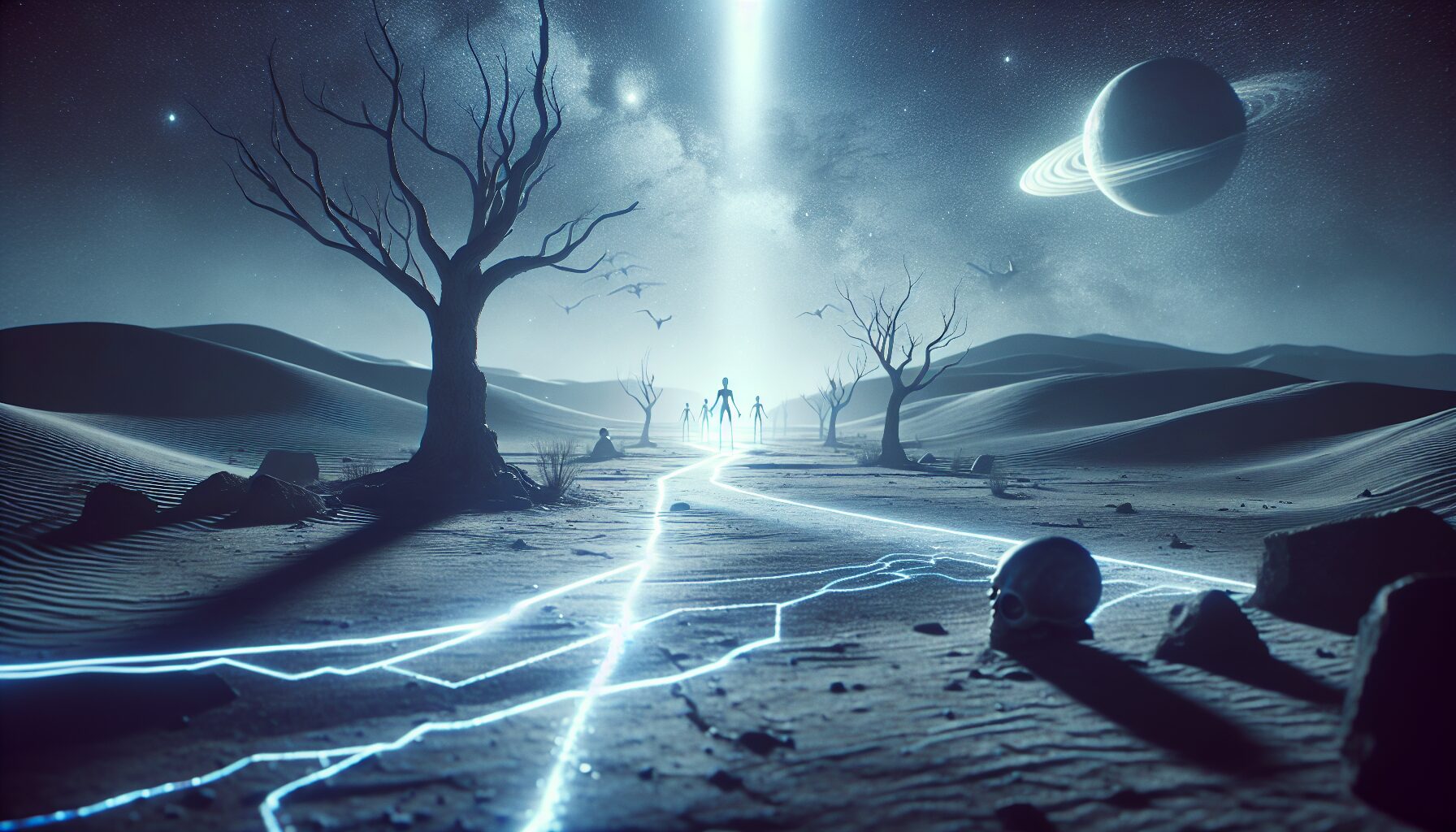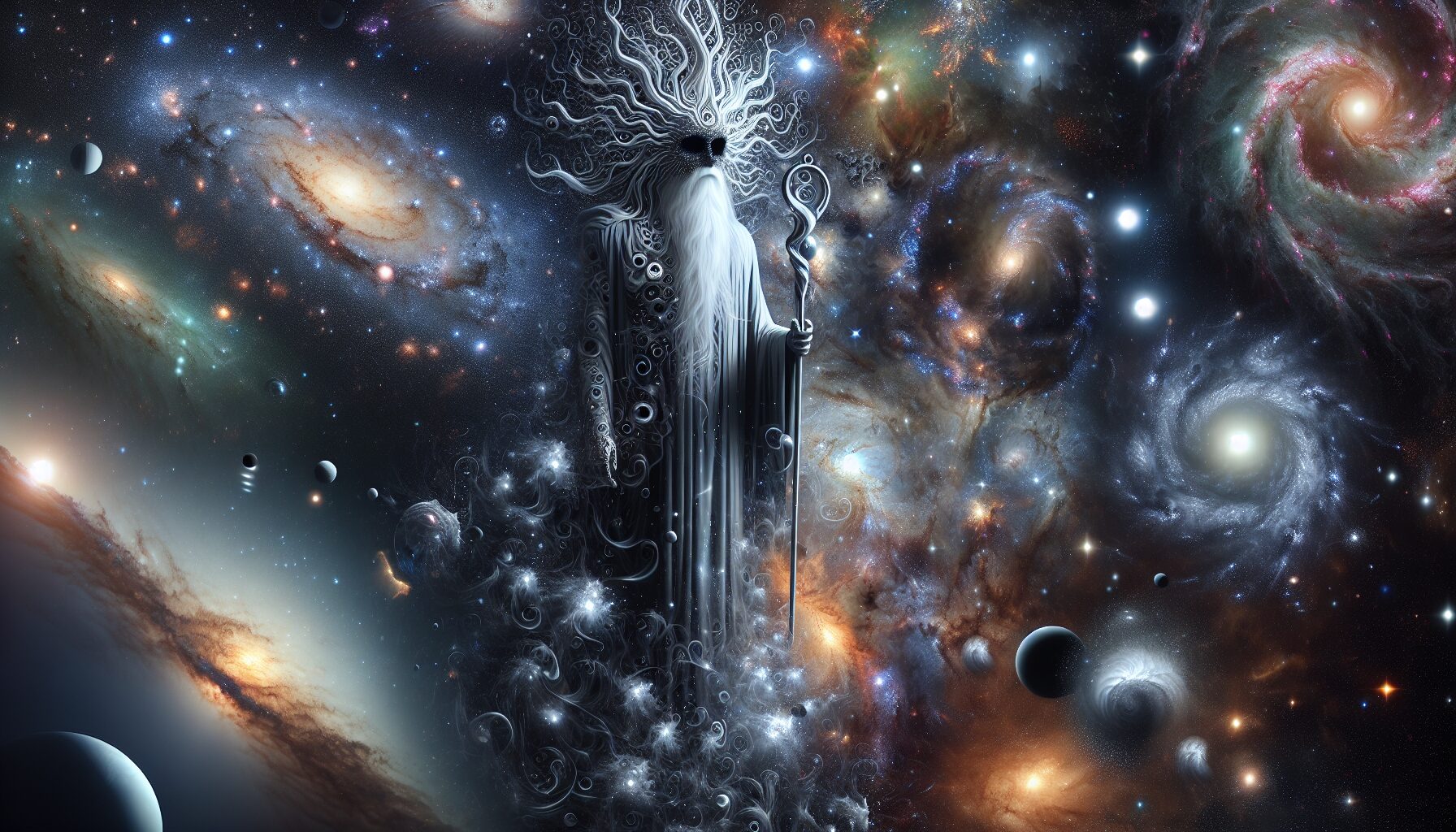Cosmic Resonance: Science and Spiritual Law
The universe has intrigued humanity for millennia, not only as a physical space filled with celestial bodies but as a complex tapestry woven with threads of spirituality and science. The concept of cosmic resonance seeks to bridge these two realms, suggesting that the physical laws governing the cosmos might also mirror the spiritual laws guiding consciousness and existence.
The Scientific Perspective
In the realm of physics, the concept of resonance is well-documented. It refers to the tendency of systems to oscillate at greater amplitude at certain frequencies, known as the system’s natural frequencies. When a system is struck at this frequency, it resonates, amplifying the wave of energy. This principle can be observed across various disciplines, from acoustics to electromagnetism.
- Acoustics: Musical instruments, such as tuning forks and guitar strings, exhibit resonance when specific frequencies are applied.
- Electromagnetic Waves: Antennas resonate at particular frequencies to transmit or receive signals.
- Structural Engineering: Structures can oscillate and resonate due to external forces like earthquakes.
Physicist Albert Einstein famously remarked, “Everything in life is vibration.” This statement reflects the foundational idea that all matter and energy in the universe vibrate at specific frequencies, forming the essence of the scientific arm of cosmic resonance.
The Spiritual Perspective
In many spiritual traditions, the universe is seen as a cohesive whole, where everything is interconnected through vibrational energy. The notion of cosmic resonance appears in several spiritual philosophies:
- Hinduism: The concept of Om is considered the primordial sound from which the universe was created, representing the communal vibration that permeates all existence.
- Buddhism: Everything in the universe is interconnected, with the law of karma reflecting the resonance of actions that reverberate throughout lifetimes.
- New Age Thought: Frequencies and vibrations are believed to influence one’s well-being, manifesting one’s desires and aligning with the higher self.
The idea of cosmic resonance in spirituality suggests that aligning one’s personal vibrations with those of the universe can lead to greater harmony, insight, and spiritual awakening.
A Unified Theory: Science Meets Spirituality
Modern science is gradually beginning to intersect with spiritual concepts as research into consciousness and quantum physics expands. Quantum entanglement, for example, challenges our understanding of connectivity and separateness, suggesting that particles can instantaneously affect each other regardless of distance, akin to spiritual beliefs in universal oneness.
“Entanglement is one of the most remarkable and mysterious aspects of quantum mechanics, prompting questions about the nature of reality and the interconnection of all things.” — Stanford Encyclopedia of Philosophy
Researchers in the field of consciousness studies are exploring the concept of a universal consciousness or mind that plays a role in shaping reality. The idea that consciousness and vibrations are intrinsically linked is not foreign to both modern science and spiritual teachings.
The Potential for Personal Resonance
Individuals often seek to embody cosmic resonance in their daily lives, aiming to align their personal frequencies with those of the universe for enhanced well-being and spiritual growth. Techniques for achieving this alignment vary, including:
- Meditation: A practice that enhances focus and calms the mind, enabling individuals to tune in to higher frequencies.
- Sound Healing: The use of sound frequencies (like singing bowls or tuning forks) to promote healing and emotional balance.
- Mindfulness: Becoming present and attuned to the moment can shift one’s frequency to resonate with cosmic energies.
As science continues to explore these connections, it stands on the threshold of a potential paradigm where the mechanics of the universe harmonize with ancient spiritual wisdom—offering a deeper understanding of not only the cosmos but also our place within it.
Conclusion
The exploration of cosmic resonance sits at a fascinating intersection of science and spirituality. While the physical universe obeys precise laws, the spiritual realm invites introspection and personal growth through vibrational understanding. Together, they offer a cohesive perspective on the nature of reality and our timeless quest for meaning and harmony with the cosmos.
